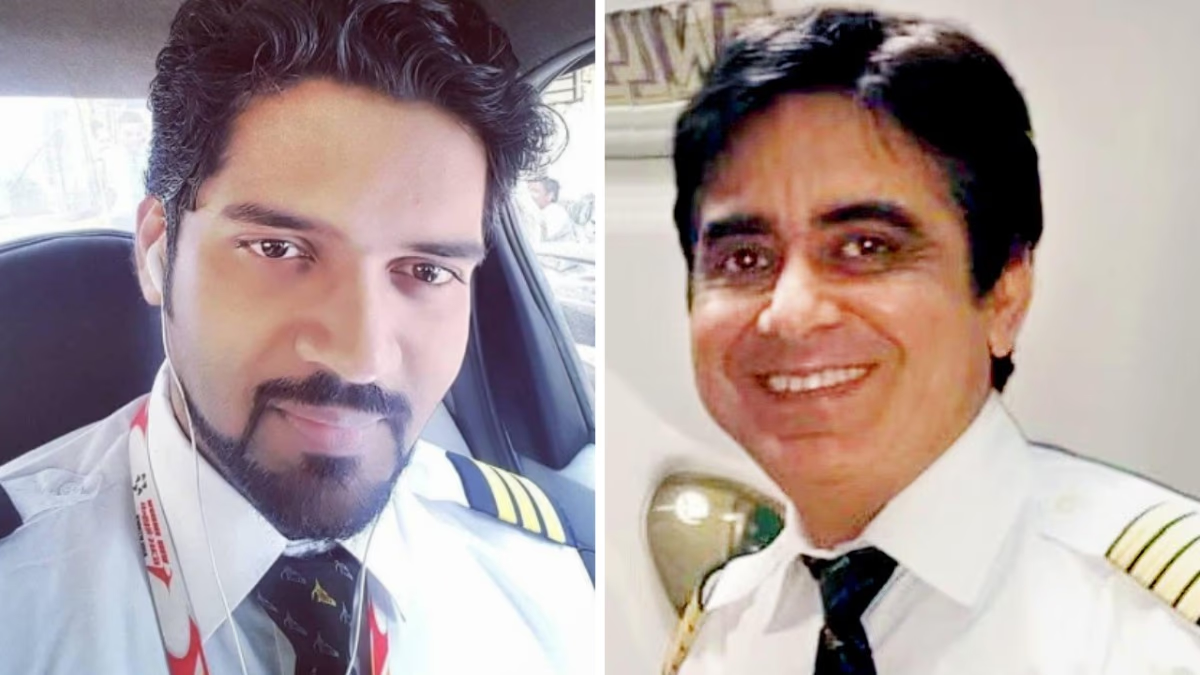The investigation into the Air India aircraft (AI171) crash in Ahmedabad has reached a pivotal stage. Almost a month after the incident, the Aircraft Accident Investigation Bureau (AAIB) has released a preliminary report attempting to piece together the tragedy. This report claims that shortly after takeoff, the aircraft lost balance, colliding with a building, and tragically ending 260 lives in an instant.
According to a news agency, the report reveals that during takeoff, the co-pilot had control of the plane while the captain was monitoring. Suddenly, the fuel supply to both engines ceased abruptly.
On June 12, the Air India aircraft (AI171) took off from Ahmedabad at 1:38 PM, heading for London. The plane was a Boeing 787-8 Dreamliner, known for its technical sophistication and reliability, ranking among the safest aircraft worldwide. The cockpit was manned by Captain Sumit Sabharwal and Co-pilot Clive Kunder.
Captain Sumit Sabharwal, aged 56, was a senior training pilot responsible for training other pilots. With over 15,638 hours of flight time, including 8,596 hours on the Boeing 787, Captain Sabharwal was highly experienced. Co-pilot Clive Kunder, aged 32, had also accumulated extensive experience, having flown over 1,100 hours on the Dreamliner. He joined Air India in 2017, and his total flying experience was 3,403 hours.
The preliminary investigation report revealed that the co-pilot was flying the aircraft with Captain Sabharwal overseeing. Seconds after takeoff, the engines' fuel switches unexpectedly shifted from 'RUN' to 'CUTOFF'. The cockpit voice recorder captured a pilot querying, "Why did you cut the fuel?" to which the other replied, "I didn't." A MAYDAY call ensued within seconds, and the aircraft lost control, crashing into a medical college hostel near Ahmedabad airport.
Explore More: What occurred with Air India's flight during those 98 seconds from takeoff to crash?
What More is in the Report?
According to the AAIB's preliminary report, the switches controlling fuel supply to the engines shut off immediately after takeoff, causing the engines to stop functioning. The cockpit voice recorder captured a conversation between the two pilots.
By Indian Standard Time at 1:38:39 PM, the aircraft took to the skies, and just 26 seconds later at 08:09:05, a pilot issued the 'MAYDAY... MAYDAY... MAYDAY...' distress signal. The plane soon collided with the hostel premises of a medical college outside the airport bounds. The speeds of engines N1 and N2 gradually decreased due to the abrupt fuel supply cutoff. However, fuel samples from tanks and bowsers proved satisfactory upon analysis.
Explore More: Shocking revelations in the preliminary investigation report of the Air India crash, both engines shut down right after takeoff.
AAIB disclosed that both engines have been transported from the debris to a secured hangar at the airport. Drone-captured photography and videography were conducted on-site, and crucial components have been isolated for investigation. So far, no official confirmation of sabotage or technical fault has been made. The report has not recommended any action against operators of the Boeing 787-8 or its GE GEnx-1B engines. The inquiry continues, and upcoming weeks could unveil more aspects in the final report.
The tragic Air India crash claimed 260 lives, including 242 passengers and crew members, with only one passenger surviving the incident.




